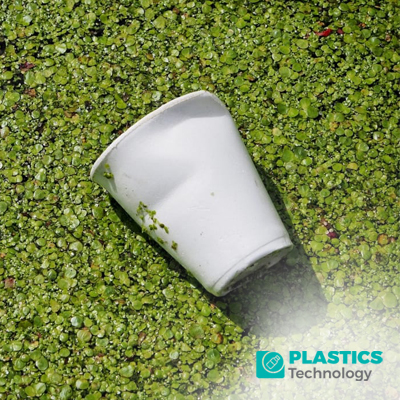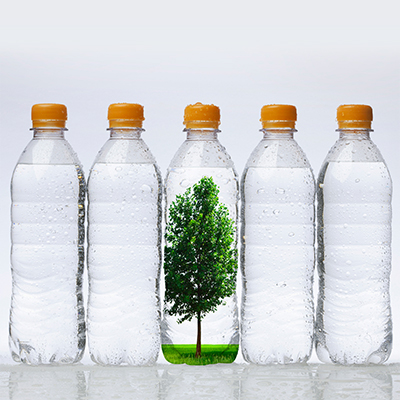Towards a Greener Future: The Evolution of Biodegradable Plastics

In recent years, the quest for sustainability has led to significant developments in the field of biodegradable plastics. These innovative materials offer a promising solution to the environmental challenges posed by traditional plastics. In this article, we will delve into the evolution of biodegradable plastics, exploring their benefits, challenges, and the role they play in shaping a greener future.
A. Understanding Biodegradable Plastics
Biodegradable plastics are polymers that can be broken down by microorganisms into natural compounds such as water, carbon dioxide, and biomass. Unlike conventional plastics derived from fossil fuels, biodegradable plastics are typically made from renewable resources such as plant-based starches, cellulose, or even algae. This inherent biodegradability makes them a compelling alternative for reducing plastic pollution and mitigating environmental impact.
B. Key Benefits of Biodegradable Plastics
Reduced Environmental Footprint: Biodegradable plastics contribute to a circular economy by minimizing waste and reducing reliance on non-renewable resources.
Biodegradability: These plastics break down naturally over time, reducing the accumulation of plastic waste in landfills and oceans.
Renewable Sources: Many biodegradable plastics are derived from renewable resources, promoting sustainability and reducing carbon emissions.
Versatility: Biodegradable plastics can be engineered for various applications, including packaging, agriculture, medical devices, and consumer goods.
Consumer Preference: Growing environmental awareness has increased consumer demand for eco-friendly alternatives, driving the adoption of biodegradable plastics.
C. Evolution of Biodegradable Plastics
The development of biodegradable plastics has evolved significantly over the years, marked by technological advancements and research breakthroughs. Early biodegradable polymers faced challenges such as limited durability and high production costs. However, ongoing innovation has led to the emergence of advanced bioplastics with improved properties and performance.
D. Types of Biodegradable Plastics
Polylactic Acid (PLA): PLA is derived from renewable resources like corn starch or sugarcane. It is widely used in packaging, disposable tableware, and textiles due to its biodegradability and compostability.
Polyhydroxyalkanoates (PHA): PHA is produced by microbial fermentation of renewable feedstocks. It exhibits excellent biodegradability and can be tailored for various applications, including food packaging and medical implants.
Starch-Based Plastics: These plastics are derived from agricultural crops such as potatoes, wheat, or corn. They are biodegradable and suitable for applications like bags, films, and foam packaging.
Polybutylene Succinate (PBS): PBS is a bio-based polyester with good mechanical properties. It is used in packaging, mulch films, and agricultural applications.
Polyethylene Furanoate (PEF): PEF is a bio-based polyester with potential as a substitute for PET (polyethylene terephthalate) in beverage bottles, offering improved barrier properties and environmental sustainability.
E. Challenges and Considerations
While biodegradable plastics offer significant environmental benefits, they also face challenges and considerations that warrant attention:
Cost: Production costs of biodegradable plastics are often higher than conventional plastics, impacting their widespread adoption.
Performance: Some biodegradable plastics may have limitations in terms of mechanical strength, barrier properties, and shelf life compared to traditional plastics.
Recycling Infrastructure: Proper disposal and recycling infrastructure for biodegradable plastics are essential to maximize their environmental benefits.
Regulatory Compliance: Standards and certifications ensure the quality and biodegradability of these plastics, requiring adherence to regulatory frameworks.
F. Applications and Future Trends
Biodegradable plastics find diverse applications across industries, including:
Packaging: Biodegradable packaging materials offer sustainable alternatives for food packaging, shopping bags, and single-use plastics.
Agriculture: Biodegradable mulch films, plant pots, and agricultural implements support eco-friendly farming practices.
Medical: Biodegradable polymers are used in medical implants, drug delivery systems, and surgical sutures, minimizing environmental impact in healthcare.
Consumer Goods: Eco-friendly products such as cutlery, cups, and hygiene products leverage biodegradable plastics to meet consumer demand for sustainable choices.
Automotive: Biodegradable materials in automotive components and interior furnishings contribute to greener transportation solutions.
Conclusion:
The evolution of biodegradable plastics represents a significant step towards achieving a greener and more sustainable future. With ongoing research, technological innovation, and collaboration across industries, biodegradable plastics are poised to play a pivotal role in reducing plastic pollution, conserving natural resources, and promoting environmental stewardship. Embracing these eco-friendly alternatives is not just a choice but a necessity in safeguarding our planet for future generations.



